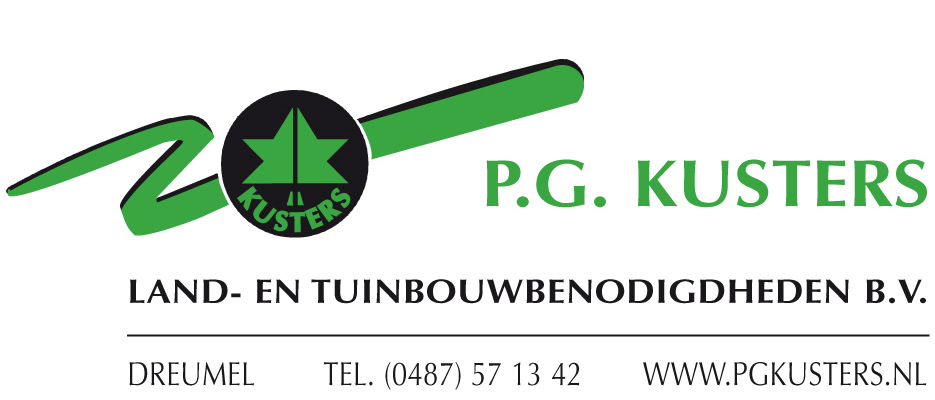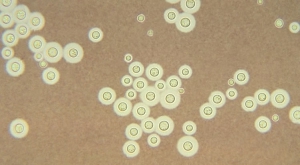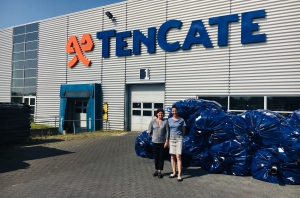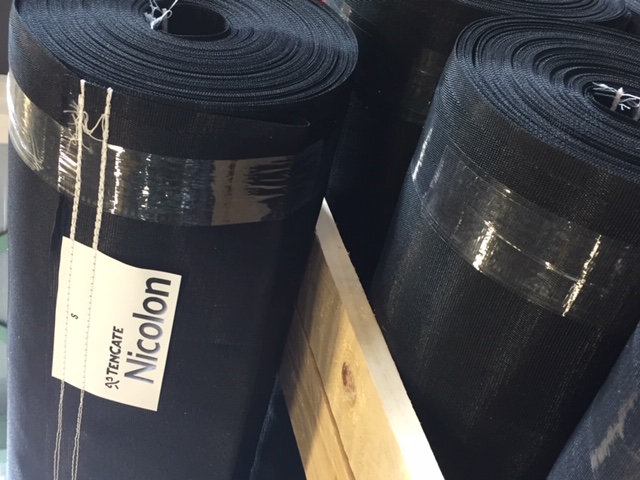Mycelium packaging
Designer Nina Bruun shapes biotech firm Grown's mushroom-based material for the safe carriage of Astep lighting.
One of the key aims of Wallpaper* Re-Made is to re-think the way we consume, and packaging is a crucial link in this story. Last year, a chat with Alessandro Sarfatti led to a discussion about what he perceived to be an important problem. Coming from a family of lighting experts (he is the grandson of design legend Gino Sarfatti, of Arteluce, see W* 218 and son of Luceplan founder Riccardo Sarfatti), and founder of a lighting brand himself, he is well aware of the amount of plastic needed to transport lighting pieces.
Sarfatti, who used to be CEO of Luceplan, founded Astep in 2014, intent on creating lighting products with contemporary designs and innovative technologies to improve our domestic experience and quality of life.
Please read the full article here.
Photography: Mikkel Vigholt Petersen
Writer: Rosa Bertoli
picture: Natuurvleescoöperatie Westerkwartier
The province of Groningen has made a subsidy of 27,000 euros available for the new Natural Meat Cooperation Westerkwartier. In addition, 15,000 euros also goes to the cultivation of organic shiitake mushrooms.
The natural meat cooperative is part of the Westerkwartier Area Cooperation. In the natural meat cooperative, ten dairy farmers and five meat farmers are currently working together with the Forestry Commission and the Kroon Meat slaughterhouse in Groningen, says chairman Alex Datema. The farmers bring in bulls that would normally go to veal farming. Most are 50 percent Belgian Blue. They are geostated and slaughtered at the age of two years.
The animals walk either on the cattle farmers' own land or on a 25-hectare site of Forest Commission that the Cooperative uses. That area can still expand. "A lot of natural land is currently being laid out in the Westerkwartier, and in this way they continue to be used for agriculture," he explains.
100 in 2021
Two years ago, in the run-up to the official foundation, farmers already started keeping bulls. The first bulls have already been slaughtered and the quality was good, according to Datema. "We can probably slaughter 40 this year and around 100 next year," he expects.
For selling the meat, the cooperation is now also joining forces with Kroon Meat. The subsidy will be used to further expand the organization and to develop a market concept aimed at regional sales. Groningen farmers who are interested in taking part can register via the cooperations website.
Tree trunks
In addition, the province is investing in shiitake mushrooms as meat substitutes. The company Igro starts working in Tjuchem with the organic cultivation of shiitake. They are commonly grown on straw and sawdust, which has the disadvantage that too many residues are left in the mushroom, according to the province.
Igro wants to grow them on tree trunks from the Forest Commission. Grafting is done with the help of staff from social workplaces. If the method turns out to be effective, this cultivation can become an easily accessible additional form of income with a good yield for arable farmers whoi have some space on their land, according to the province.
Source: Agrio -Veldpost
Click here to the full article and other interesting reads as well
A new automatic picking lorrie was developed by Mush Comb with the focus on being absolutely picker friendly. Being friendly in use but for example also in maintenance. Each user confirms that the picking lorrie is remarkable easy made so no worries about for example hydraulic hoses breaking.
This started three years ago with Jasper Kanters from Kanters Paddestoelen. According to Jasper so far there was no picking lorries on the market which was friendly to work with. The practical growing and harvesting experience from a Dutch grower like Kanters was combined with the technology minded people from Mush Comb. A testing phase started which in the summer of 2017 resulted in 16 new automatic picking lorries.
It was the start of a new choice in picking lorries. First focus has been on automatic up/down picking lorries because growers saw most advantages in this function and often automatic forward/backward was not being used so why bother this extra investment.
In 2019 the product range was still expanded with full automatic up/down and driving to meet the requirements of each potential grower.
According to Bob Holtermans not only the high picking efficiency, high safety standard, practical use and low maintenance are the reason for the high demand of these picking lorries. It is in combination with the flexibility of Mush Comb. Because although the automatic picking lorries are made from the same basic principle each mushroom grower gets their own unique picking lorries. Customers have the possibility to consult with the engineers of Mush Comb with regard to packaging sizes, door spaces, etc. This to create the optimal working tool when it comes to assisting in the harvest.
The proof is given by all the growers which were convinced and have bought this new harvesting tool. Growers like:
- Kanters Paddestoelen, Netherlands
- Pleunis Mushrooms, Belgium
- Jacobs Champignons, Netherlands
- Peeters-Luyten, Netherlands
- Lesage Champignons, Belgium
- Van Nieuwenhoven-Steijvers, Netherlands
- Vandechamp, Belgium
- Agarica, Netherlands
- Champignonkwekerij Dingemans, Netherlands
- AK Champignons, Netherlands
Meaning the top of the manual harvesting industry in Netherlands and Belgium are convinced. This part of the world is still seen as great example for the rest of the world. Reason enough for growers worldwide to step in the footsteps of these great Dutch and Belgium mushroom growers.
Contact info from Mush Comb can be found on www.mushcomb.com
Fungi That 'Eat' Radiation Are Growing on the Walls of Chernobyl's Ruined Nuclear Reactor
Back in 1991, scientists were amazed when they made the discovery...
In the eerie environment inside the abandoned Chernobyl Nuclear Power Plant, researchers remotely piloting robots spotted pitch black fungi growing on the walls of the decimated No. 4 nuclear reactor and even apparently breaking down radioactive graphite from the core itself. What's more, the fungi seemed to be growing towards sources of radiation, as if the microbes were attracted to them!
More than a decade later, University of Saskatchewan Professor Ekaterina Dadachova (then at the Albert Einstein College of Medicine in New York) and her colleagues acquired some of the fungi and found that they grew faster in the presence of radiation compared to other fungi. The three species tested, Cladosporium sphaerospermum, Cryptococcus neoformans and Wangiella dermatitidis, all had large amounts of the pigment melanin, which is found – among many places – in the skin of humans. People with a darker skin tone have much more of it. Melanin is known to absorb light and dissipate ultraviolet radiation, but in the fungi, it seemed to also be absorbing radiation and converting it into chemical energy for growth, perhaps in a similar fashion to how plants utilize the green pigment chlorophyll to attain energy from photosynthesis.
Back in 1991, scientists were amazed when they made the discovery...
In the eerie environment inside the abandoned Chernobyl Nuclear Power Plant, researchers remotely piloting robots spotted pitch black fungi growing on the walls of the decimated No. 4 nuclear reactor and even apparently breaking down radioactive graphite from the core itself. What's more, the fungi seemed to be growing towards sources of radiation, as if the microbes were attracted to them!
More than a decade later, University of Saskatchewan Professor Ekaterina Dadachova (then at the Albert Einstein College of Medicine in New York) and her colleagues acquired some of the fungi and found that they grew faster in the presence of radiation compared to other fungi. The three species tested, Cladosporium sphaerospermum, Cryptococcus neoformans and Wangiella dermatitidis, all had large amounts of the pigment melanin, which is found – among many places – in the skin of humans. People with a darker skin tone have much more of it. Melanin is known to absorb light and dissipate ultraviolet radiation, but in the fungi, it seemed to also be absorbing radiation and converting it into chemical energy for growth, perhaps in a similar fashion to how plants utilize the green pigment chlorophyll to attain energy from photosynthesis.
Click here for the full article
Source: RealClear Science By Ross Pomeroy - RCP Staff
TenCate Nicolon in the spotlight
What does water and a bag have to do with TenCate? Actually quite a lot as they thank their company existence to Dutch Nico ter Kuile. During the North Sea flood a large part of the coast of the Netherlands was destroyed. Nico was weaving synthetic bags and filled them with sand to keep the water coming further land inwards. His idea was picked up after and accelerated quickly to huge innovations in the usage of Geosynthetics and company TenCate Nicolon was born.
To protect the Netherlands from further damage, they began to build huge storm barriers “Dutch Delta Works” with products from Nicolon. High strength woven textiles were used to strengthen these barriers which was the first time in history this was done with this technique. The use of Geosynthetics began to develop worldwide and TenCate was quick to be at the forefront of this development. During the period 1960 and 2005 TenCate grew their American, European and Asian markets by acquiring companies with a strong focus on Synthetics and established multiple factories over the world.
Due to the important role and accomplishments in Dutch history, TenCate has become a Royal Company.
Team Mushroom Matter visited the location of TenCate Nicolon (nowadays TenCate Geosynthetics) in Hengelo the Netherlands last week and learned all about this history and company mission en vision.
TenCate Geosynthetics is a dutch multinational and is one of the market leaders in geosynthetics and industrial fabrics.
According to commercial director Jan-Willem Heezen, specialization is the key in order to stay successful in business. Instead of being a big conglomerate with a lot of diversifications, TenCate was able to make the necessary changes to stay on top of the market.
In order to strengthen the company and be robust enough for the future, TenCate developed multiple specialized brands.


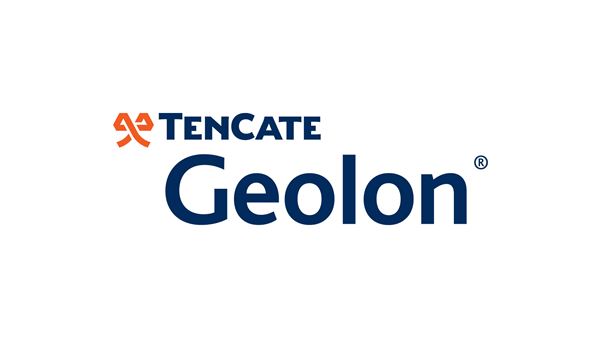
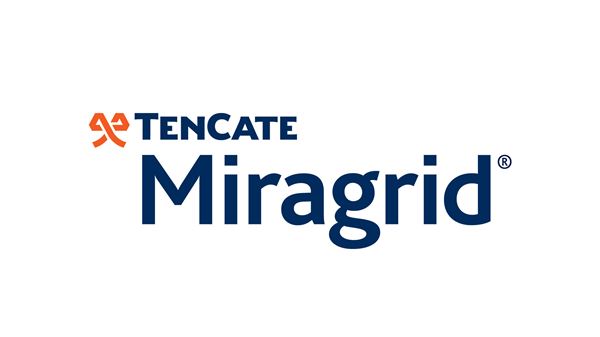
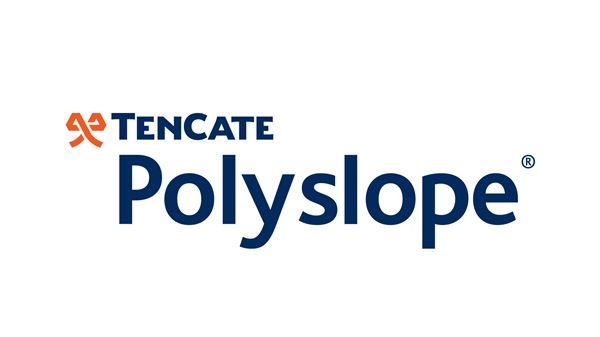

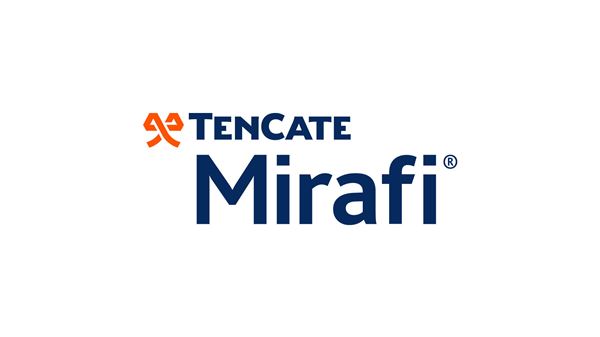
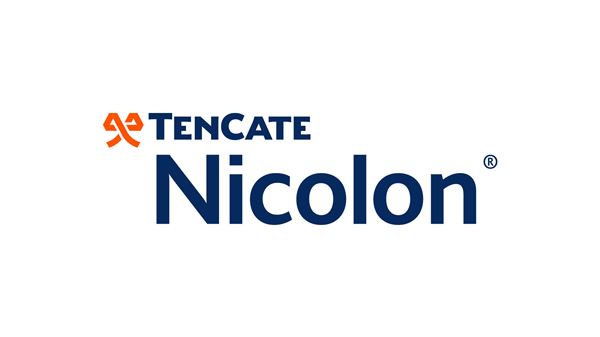
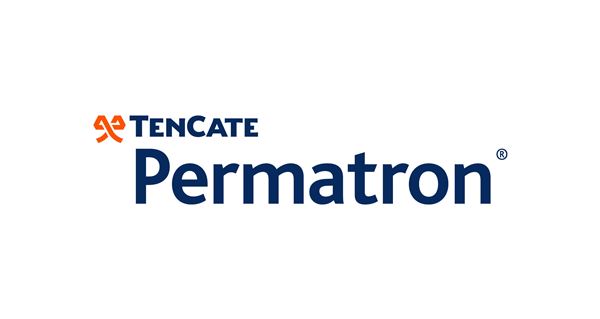
TenCate is active in the following markets with their brands:
- Building site infrastructure
- Transportation infrastructure
- Local government infrastructure
- Natural resources & Energy infrastructure
- Water infrastructure
- Environmental infrastructure
- Industrial Fabrics
TenCate and their role in the mushroom market
TenCate Industrial Fabrics is a commercial division of TenCate Geosynthetics and supplies products and solutions for agricultural, recreational and specialty markets. Products are sold under the brands TenCate Toptex, TenCate Nicolon and TenCate Permatron.
TenCate Geosynthetics has a global production platform, commercial and technical organization and has successfully consolidated and developed core markets to maximize value for customers. TenCate Geosynthetics serves the market globally with two commercial divisions - TenCate Geosynthetics and TenCate Industrial Fabrics.
Through the processing of synthetic raw materials, TenCate develops, manufactures, and provides innovative and reliable industrial technical textiles that enhance the performance of our customers’ products.
For more than 30 years TenCate produces and supplies growing nets and compost pulling nets for the mushroom market. TenCate Nicolon nets have become the industry standard by its proven performance and reliability. Flexibility and quality is the core of doing business according to Maarten Bos, Market Manager of TenCate Industrial Fabrics.
TenCate Mushroom farming applications are:
- Growing & casing nets
- Tunnel & Glide nets
- Growing house covers
- Composting covers
- Straw covers
- Storage & construction liners
- Hygiene mats
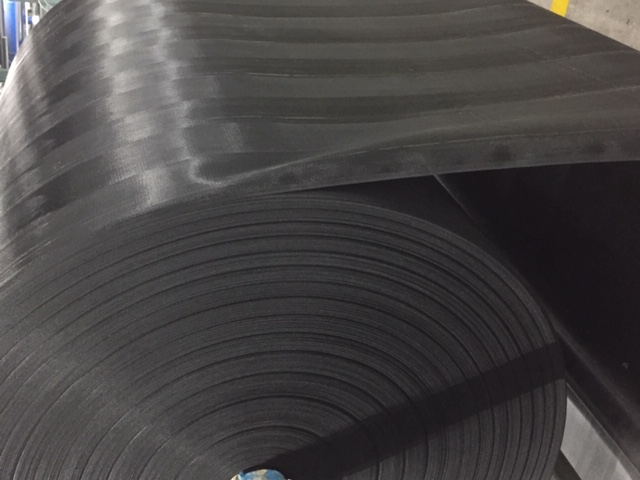
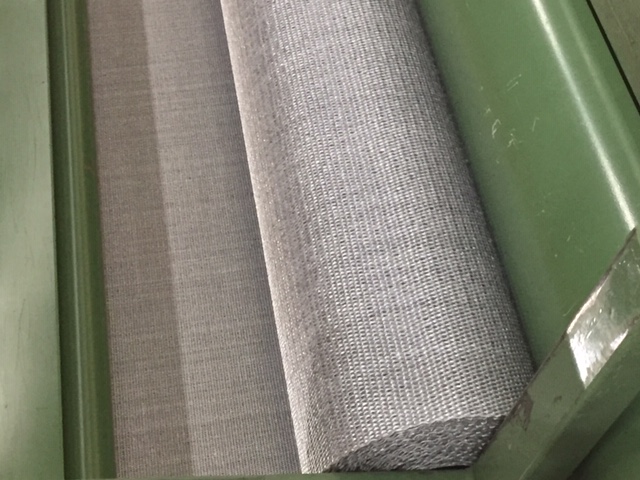
More information can be found on www.nicolon-nets.com



